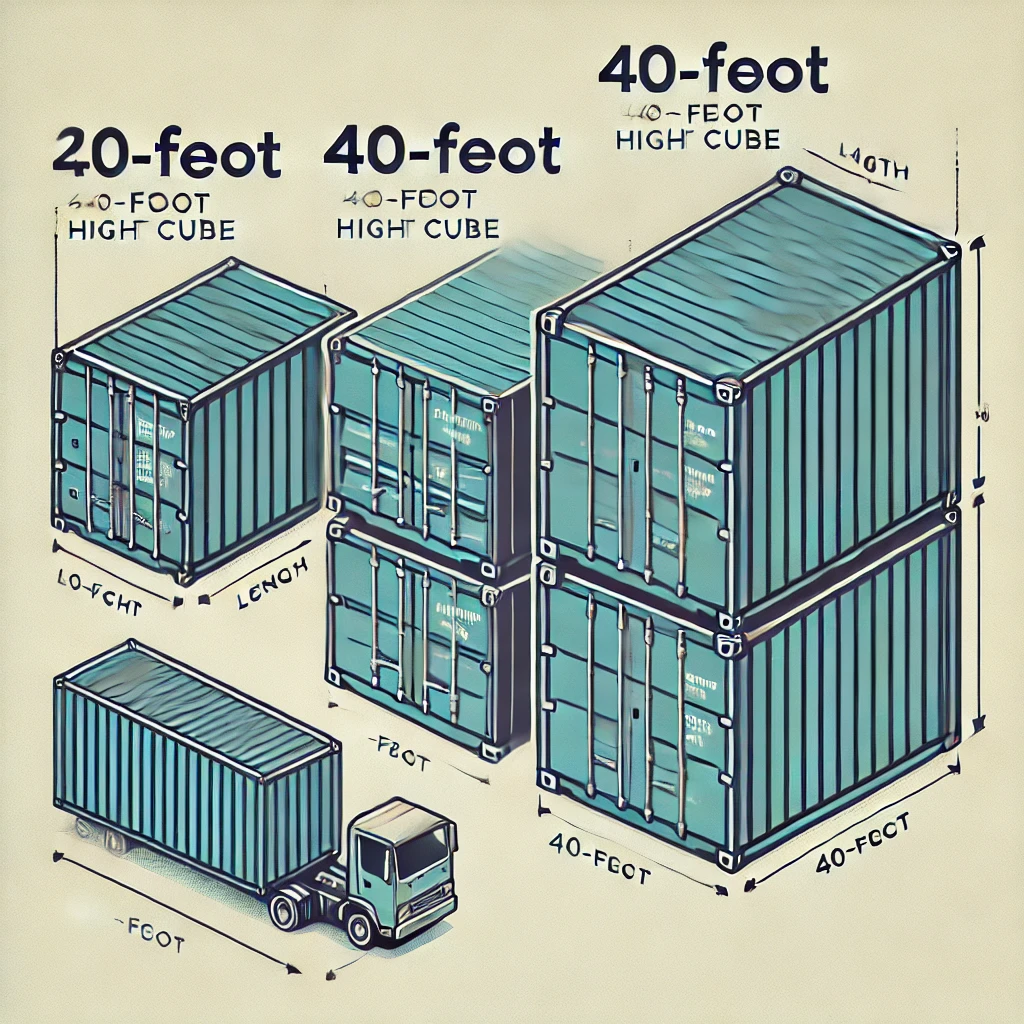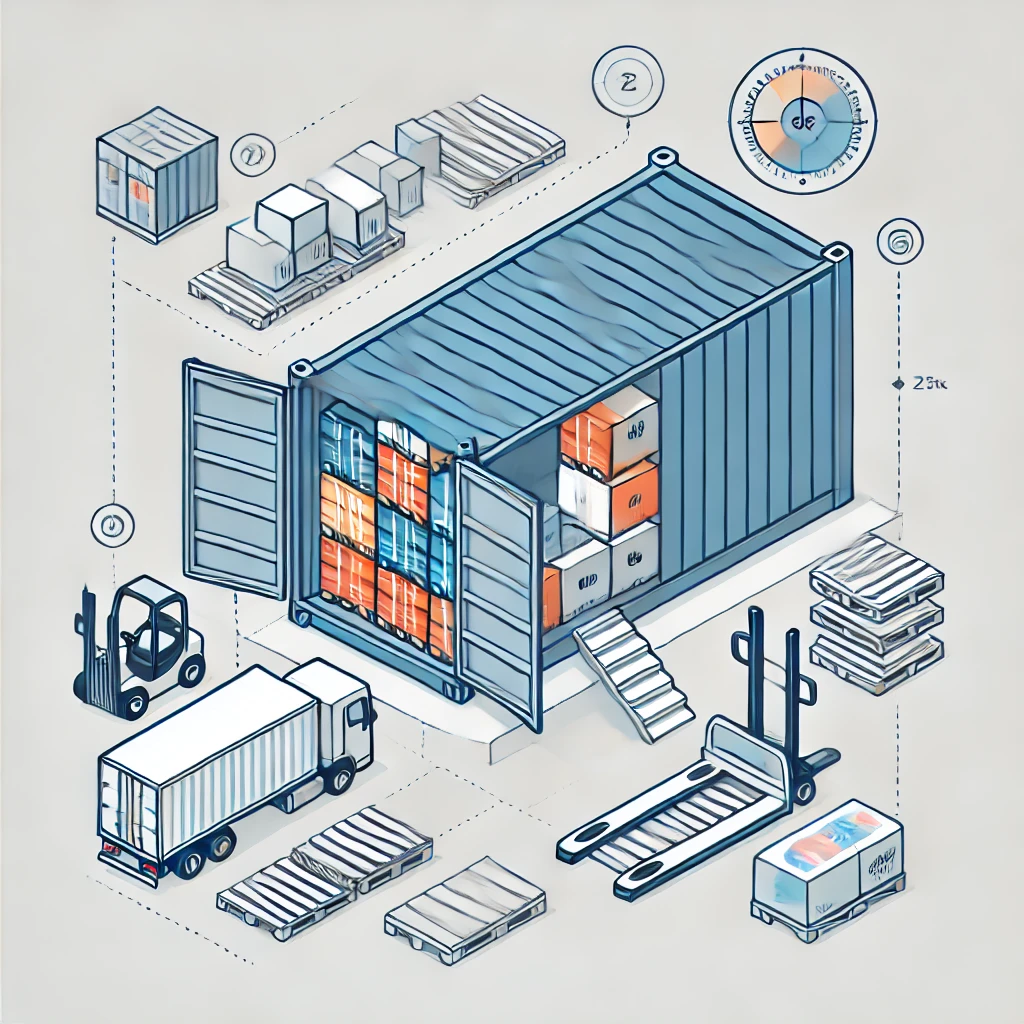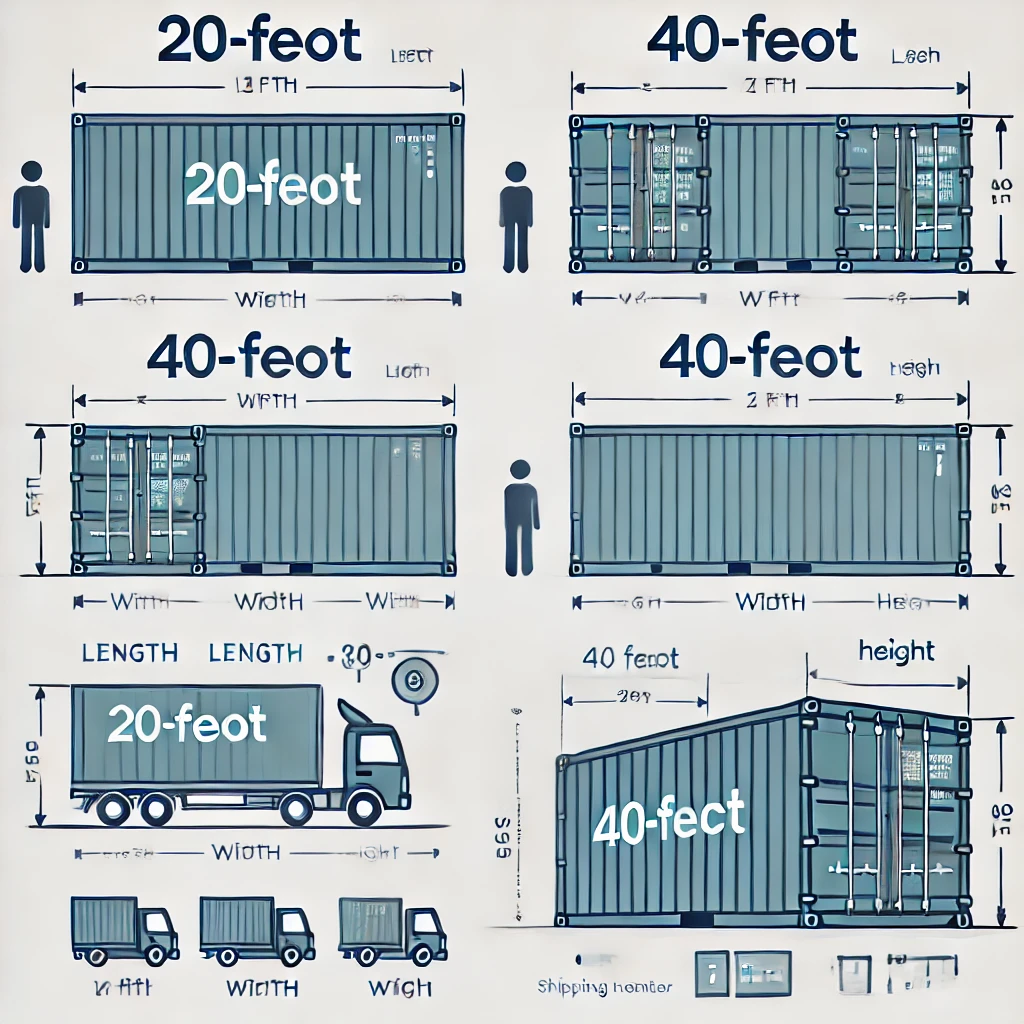What Is Dimensions of a Shipping Container and Why Does It Matter?
Shipping container dimensions are standardized measurements crucial for global logistics and shipping operations. A thorough understanding of these dimensions enables businesses to optimize shipping costs, efficiently plan cargo loads, and select the most suitable container for their needs.

📊 Standard Dimensions of Shipping Containers
📂 Container Type | 📏 Length (ft) | 📐 Width (ft) | 📊 Height (ft) | 📦 Capacity (m³) |
20-foot (Standard) | 20 | 8.0 | 8.6 | 33.2 |
40-foot (Standard) | 40 | 8.0 | 8.6 | 67.7 |
40-foot (High Cube) | 40 | 8.0 | 9.6 | 76.4 |
45-foot (High Cube) | 45 | 8.0 | 9.6 | 86.0 |
🚀 Types of Shipping Containers and Their Uses
- 🧰 Standard Containers: Ideal for general cargo such as boxes, pallets, and machinery.
- ❄️ Refrigerated Containers (Reefers): Designed for transporting perishable items like food and pharmaceuticals.
- 📦 Open-Top Containers: Suitable for oversized or tall cargo like construction equipment.
- 🧱 Flat-Rack Containers: Used for heavy or irregularly shaped cargo.
- 🚛 Tank Containers: Specially built for transporting liquids or gases.
🌍 Importance of Knowing Shipping Container Dimensions
- 💰 Cost Efficiency: Choosing the correct container size prevents underutilization and reduces transportation costs.
- 🚢 Efficient Loading: Maximizes available cargo space for shipping.
- 🌱 Sustainability: Optimized shipments lead to reduced fuel consumption and a lower carbon footprint.
- 📦 Inventory Management: Helps warehouses manage space effectively.
💡 Practical Tips for Selecting the Right Container
- 📏 Evaluate Cargo Size: Measure cargo dimensions carefully to select the most suitable container.
- 🛡️ Consider Cargo Type: Choose specialized containers for perishable or hazardous goods.
- 📞 Consult Freight Experts: Seek professional advice when planning complex shipments.
- 🔍 Review Local Regulations: Ensure the container size complies with transportation laws.

🌎 Real-World Examples
- 🛋️ Furniture Exporter Case: A furniture company shipping sofas from Italy to the U.S. uses 40-foot High Cube containers, fitting more units per shipment and reducing costs by 15%.
- 💊 Pharmaceutical Company: A pharma supplier uses refrigerated containers for vaccine shipments, maintaining temperature control during transit.
🚀 Modern Trends in Container Shipping
- 📡 Smart Containers: Equipped with IoT sensors for real-time tracking and condition monitoring.
- 🌱 Eco-Friendly Materials: Increasing use of sustainable materials in container production.
- 📈 Modular Containers: Designed for quick assembly and disassembly for various shipping needs.

✅ Conclusion
Understanding shipping container dimensions is critical for efficient and cost-effective logistics planning. Companies that leverage this knowledge can streamline their operations, reduce expenses, and minimize their environmental impact.
